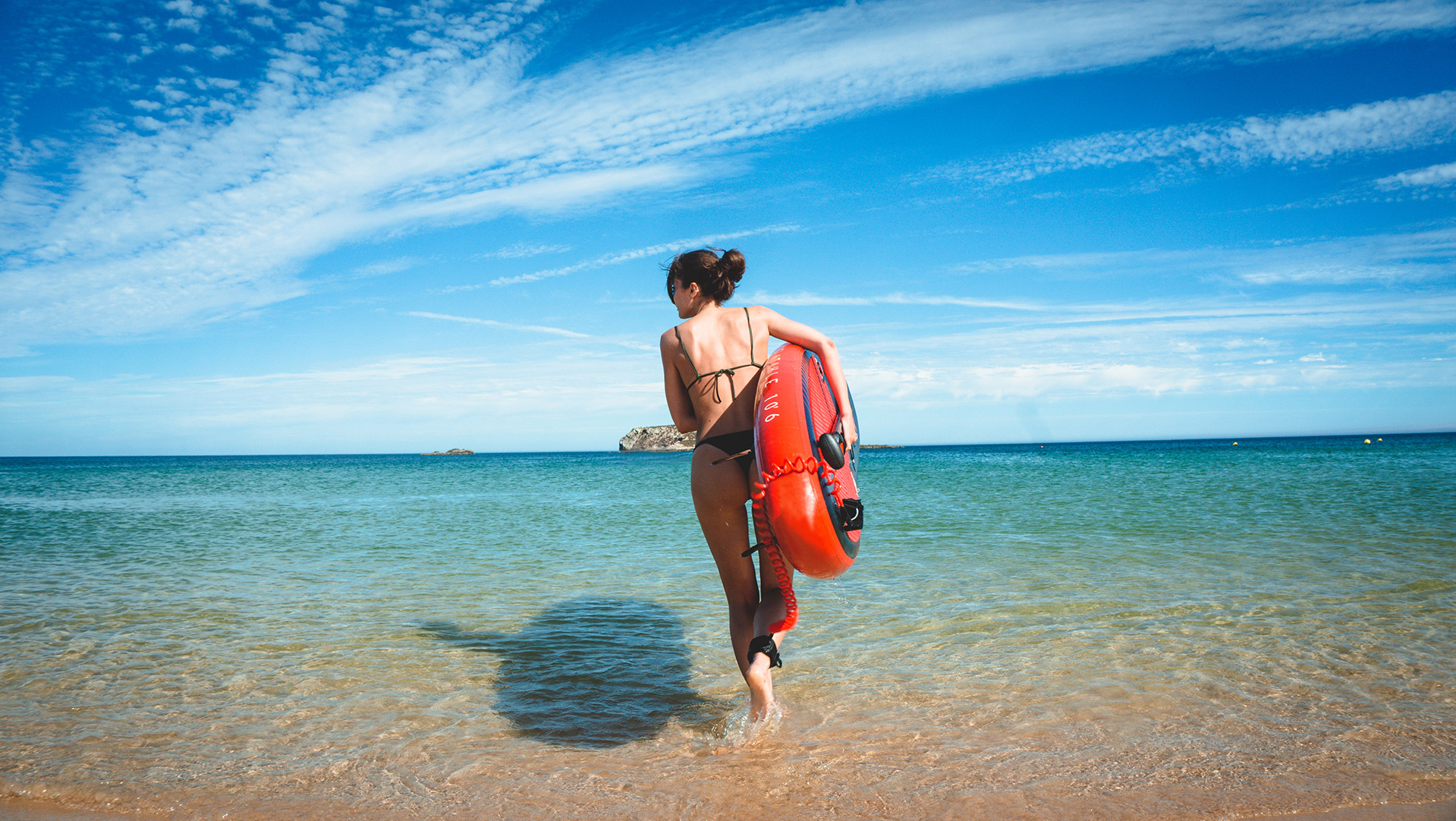Choose your ideal surfboard with the help of AEDRA
Can’t wait to get your surfboard to hit the waves? To have fun, it is essential to know how to choose the right surfboard for you and your needs. There are several fundamental parameters to follow to choose your perfect surfboard. Here they are!
Take into account your preparation level
First of all, you have to take into account your level of preparation. If you are a beginner, the surfboard must have a stable shape and must be easy to manoeuvre, with fins that don’t have sharp edges. On the other hand, if you are a more experienced surfer, you should go for stiffer boards with different shapes suitable for all builds.
Evaluate the size of the board
A surfer’s performance also depends a lot on the type of board used and its size. The length of a surfboard is a crucial element: the longer the board, the easier it is to paddle and to have greater stability. For this reason, a longboard is preferable if you are a beginner. The same goes for the width: the wider a board is, the more stability it has and the better you can control it while surfing. The buoyancy of a surfboard, however, depends a lot on the volume of the board itself and the greater the buoyancy, the easier it will be to catch the wave. The choice of the volume of the board, finally, also depends a lot on your weight.
The types of surfboards: choose the one that suits you best!
If you are a beginner, a foam board is the one for you. This type of board, also known as a soft board, is made of foam, a material that is very resistant to impact and does not hurt if it bumps against the body. This type of board is not difficult to use, offers good chances to catch waves and guarantees good stability in the water.
For experienced surfers, on the other hand, the board par excellence is usually the shortboard, a short and narrow board that favours speed. It is less easy to use and usually is between 5’6″ and 6’4″ long and between 16″ and 19″ wide with a rounded square tail.
A wider board is the fish, designed and made to improve wave catching ability while maintaining speed and good manoeuvring ability. This type of board comes in lengths between 5’2″ and 6’4″ and a width between 18″ and 22″. A swallowtail, it is the ideal board for small and medium waves.
A longer board, instead, is the gun, ideal for big wave surfing, very easy to paddle and to control on vertical and fast waves. The gun board has a length between 6′ and 10′ and features a pointed nose and pintail.
The longboard is another board that is not so easy to manoeuvre, being between 8′ and 9′ long and presenting a round nose. It is a very stable board in the water, is easy to paddle and is perfect for catching waves. With this type of board you can do special manoeuvres, such as hang five and hang ten.
A board similar to the longboard is the Malibu or mini-mal, generally shorter than the latter. They are usually between 7′ and 7′.6′ in length and have a single large fin or the classic thruster with three fins. Finally, the funboard is a board that combines the ease of paddling associated with the longboard with the simplicity of bending of the shortboard. It is a type of board that offers good performance in all conditions and, along with the Malibu, is the one that beginners should choose. This board has a length between 6′.6″ and 8′.0″ and a width between 20″ and 22″.
The fins, the rocker and the surfboard wax: other useful elements to evaluate when choosing a surfboard
A good surfer chooses how many fins to use based on their style. The fins are positioned at the end of the board and are fundamental for direction and stability. The rocker, on the other hand, is the curve located at the bottom of the board, easily noticeable from a horizontal view. There are different types of rocker, and the more the board is curved, the slower and more manoeuvrable it is. Finally, the surfboard wax, a kind of wax that must be applied on the board to ensure a better grip, must never be missing. There are different types to choose from, according to water temperature and sea conditions. To make the best use of surfboard wax, it is always better to rely on the advice of an expert.
Last useful tips: maintenance and safety
To avoid damage to your surfboard during transportation, it is always advisable to have a protective case and a tip guard (especially in the case of shortboards). It is good to always have with you also a repair kit that allows you to repair any small damage to the board. Last but not least, always remember to have a lanyard with a maximum length of 1.9 m for shortboards, 2.4 m for mini Malibu and 3 m for longboards. Never forget the surfboard wax, the pad, a non-slip insert that helps you to have a better grip on the board, and a good sunscreen.

